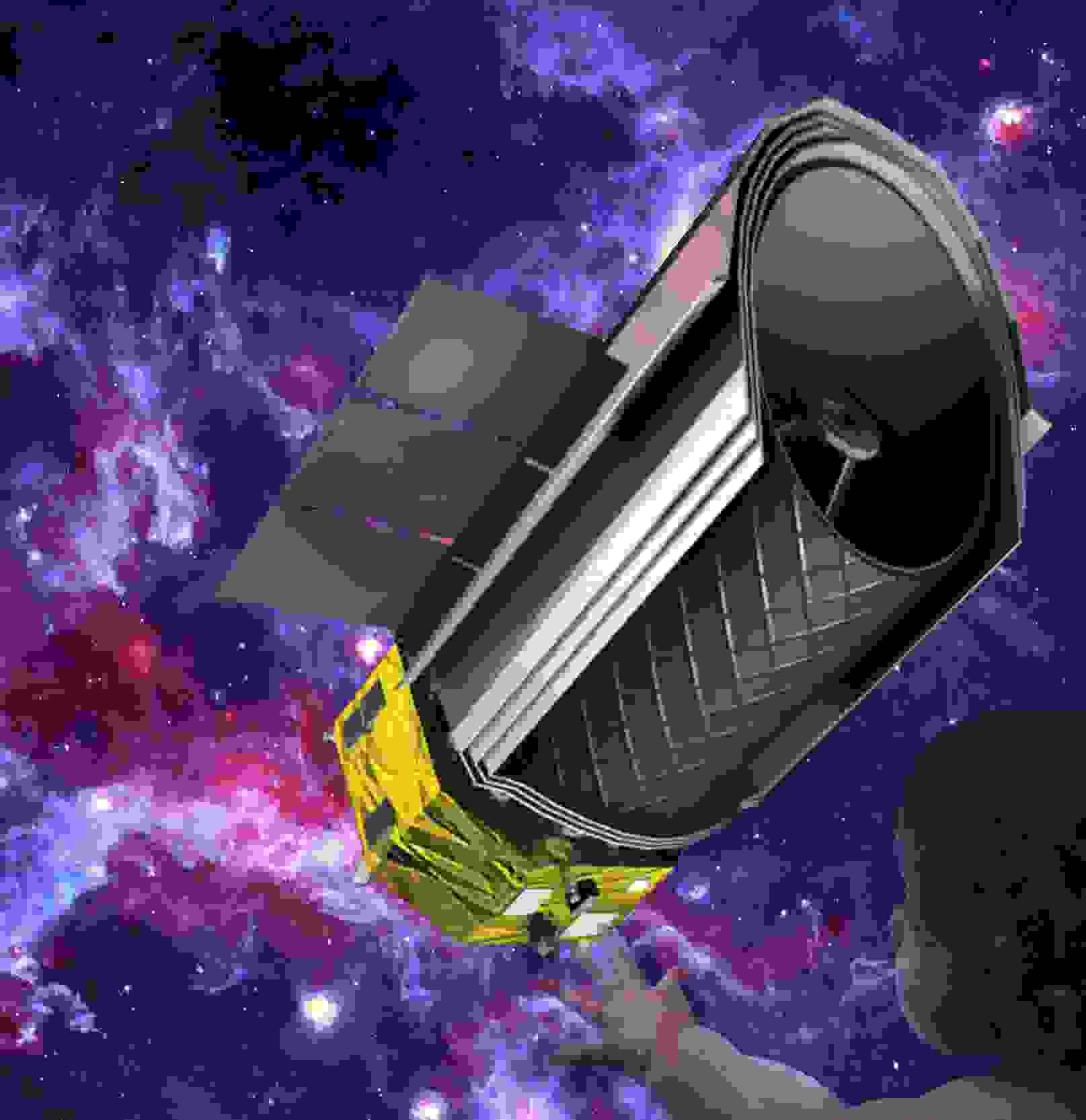SPICA (the Space Infrared Telescope for Cosmology and Astrophysics) is the next large far-infrared astrophysics mission and will study the evolution of galaxies, stars and planetary systems. In answer to programmatic and technical challenges the SPICA mission is being restructured, with a launch date around 2025, and a larger European contribution in the context of the Cosmic Vision program of the European Space Agency.

At a recent meeting, devoted to the definition of the key science areas that the mission should focus on, as well as the scientific instruments that are needed to address these key science areas, the ISAS director Prof. Tsuneta and SRON director Prof. Waters expressed their strong support for the development of a new SPICA concept and the continued commitment of both institutes to support the mission.
SPICA will have a 3 meter class mirror cooled to 6 K and one of its main science goals will be to map the distant universe at far-infrared wavelengths. Prof. Tsuneta underlined the importance of SPICA as the next large astrophysics mission of JAXA, in partnership with ESA and European countries. An important next step in the realization of the mission is the submission this fall of a proposal in the context of the call for proposals for the medium sized mission M4 in the ESA Cosmic Vision program. SRON, with strong support from JAXA, will lead the effort to submit this proposal.
Tokyo/Utrecht, February 2014


